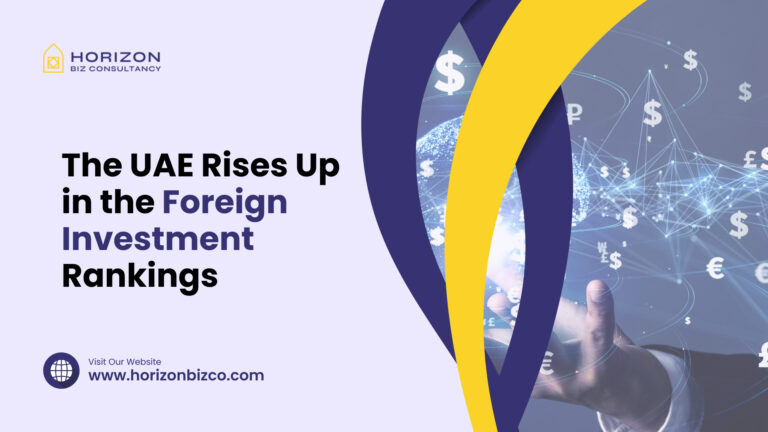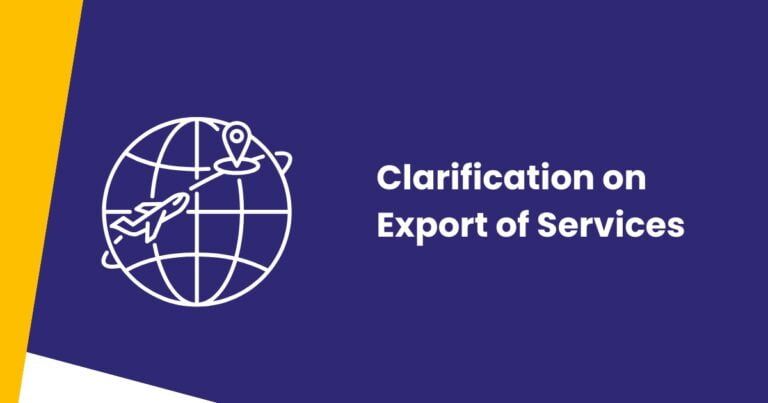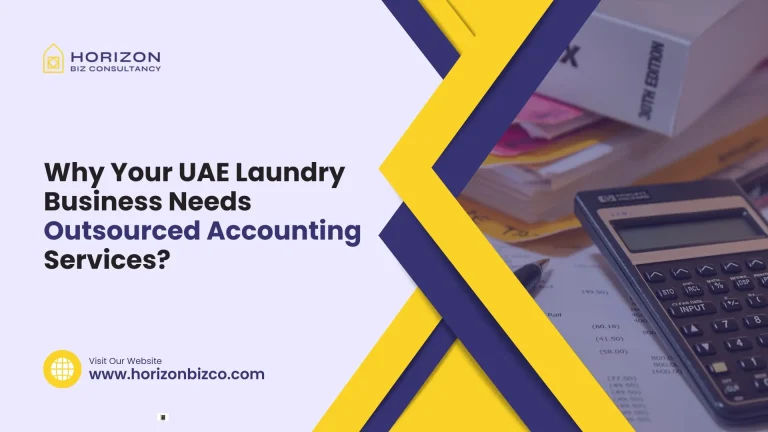The UAE has become a top destination for companies. They want to invest their money internationally. Every year, an organization called Kearney ranks countries. They rank them based on how much foreign money businesses decide to put into them. In their most recent report for 2024, the UAE jumped up very high in the list – moving up ten places to number 8! This article will explain what the Kearney rankings look at. It will also cover why investors choose the UAE. It will also cover how the country plans to stay attractive for businesses.
What is the Kearney Foreign Investment Confidence Index?
The Kearney Foreign Investment Confidence Index, also called the FDI Index, asks over 300 leaders of big companies each year about which countries they think will get the most foreign investment over the next three years. The business leaders share their opinions on things like costs to operate, availability of workers, trade rules between countries, and stability of the economy. Countries then get placed in the rankings depending on what percentage of executives say they will invest money there. The index shows where companies truly want to put their money over the coming years.
Why is the UAE Moving Up in the Rankings?
Investors love the UAE. Its economy is growing fast. It provides a business environment that makes financial success easy. Here are some of the main reasons the country is seeing more success:
The UAE is expanding industries beyond just oil, like tourism, technology and renewable energy. This makes the economy stronger when prices of oil go up and down globally. Major events like Expo 2020 brought many visitors and new chances.
Major ports, airports and roads that connect the places in the UAE to the rest of the world help trade flow smoothly. Reliable electricity and internet networks allow businesses to run without problems.
Laws and rules encourage people to start new companies through special business areas with perks. Challenges can get solved through a clear legal system. Stable government offers predictability for long-term planning.
Locations like Dubai Future Districts are turning the UAE into a center of innovation in areas like artificial intelligence, blockchain and healthcare technology. This brings foreign investment into promising new industries.
How is the UAE Ensuring Continued Growth?
To remain an attractive country for companies, the UAE has a long-term national plan called Vision 2071. It aims to strengthen existing economic fundamentals while regularly opening new ones:
- Cutting-edge transport projects like hyperloops will keep infrastructure leadership.
- Dedicated areas for sectors like spaceflight will broaden into global trends.
- Residency programs will attract skilled workers from innovative fields.
- New economic alliances will expand regional trade cooperation.
- Testing flexible regulations will unlock opportunities in emerging industries.
- Continuous skills training through entities like Khalifa Fund will ready the population for jobs of tomorrow.
By consistently upgrading, the UAE seems set to welcome lots of investment well into coming decades. Sustained progress moves closer to Vision 2071 of a globally leading future economy.
Conclusion
The UAE has demonstrated to the world it stands out as one of the top spots for companies to invest internationally by surging up the Kearney rankings. Strategic reforms, excellent facilities and a visionary future plan make the country’s success understandable. As global business integration deepens, the UAE is solidifying its role in connecting capital and opportunities worldwide. With pioneering projects already shaping sectors from space to renewable energy, further impressive gains on indexes tracking foreign investment can be foreseen.
Frequently Asked Questions
A. The top sectors attracting foreign investment are real estate, logistics, tourism, and digital technologies like e-commerce and mobile networks.
A. Officials plan to protect the country’s edge by investing more in projects like Hyperloop, expanding business-friendly zones for new industries, and swiftly evolving rules.
A. Major risks include falling oil prices harming GDP, regional conflicts disrupting trade, and natural disasters from warmer weather damaging infrastructure projects. However, the UAE’s ability to rapidly adapt leaves it well-fortified even against potential difficulties.





